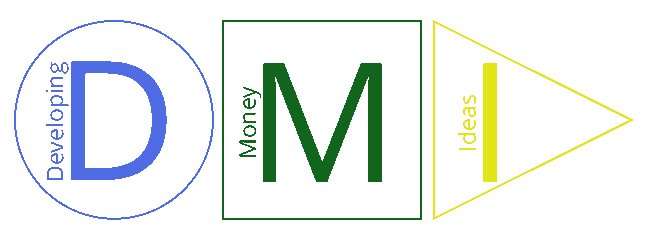We tend to think that memory is somehow uniform, works the same way most of the time. We know that memory could be short termed and long termed, but there is another separation of memories: the memory can be declarative, in other words involving the awareness (conscious process), and automatic, not involving awareness. While the first one is to remember “the color of the jeans is black”, the second would be to remember how to ride a bike, a motor skill. Lets explore the declarative memory, which has four steps: encoding, storage, retrieval and, unfortunately or fortunately, forgetting.
People usually forget 90% of what they learned in the class within 30 days, says Herman Ebbinghaus, who recorded successes and failures in human learning and memory for 30 years. He discovered, that the life span of a memory could be expanded by repeating the information in time intervals. The more repetition, the more likely it persists in the mind. That shows how important is to do self-reflection and write diaries.
Science and medicine can still not explain how the memory precisely works, because it is a very complicated process. Just to think for a moment – our brains not only store vowels and consonants in different places, but what is surprising, content of a letter is stored separately from the context, thus the place where vowel should go is stored in a different place from the vowel itself. This is explosive – no wonder we have problems identifying the patterns of memory. We can still try to see experiments done to preserve or even expand memory.
One of the techniques to recall the memory is to encode extremely well in the moment of learning. This is the most “open door” moment of learning to remember. At this stage we create a first path in the brains, where all subsequent recalls will return to make the path more visible. As a result, if we want listener to remember our presentation or a product, we should perhaps do it in the most vivid way, for instance personalizing and giving deeper meaning.
We should not try to search memories in the same place, since memory has no central storage unit, it is widely dispersed across the brain. Once the events are recorded initially in different locations, they are later recalled and written again (if repeated) in the same individual and comfortable paths. All this process reminds the way we walk every day, the individual paths to our job, school or shop – we might start our journey on the asphalt pavement, cut the corner stepping on the grass, pass the zebra cross on one road and cross another road in the forbidden way. Soon enough we establish a personalized path and keep going repeatedly. Something similar happens with the memory recordings.
As a result of these individual paths, the best way to recall and retrieve information is to replicate the same path and conditions (environment) of encoding. It also implies another important insight – learn something while you are sad and you will be able to recall it better if you are on a sad mood. Thus, have you noticed that we tend to recall the same songs or of the same nature while we fall in the same mood?
Memories are finally forgotten if they have not been encoded well or are not repeated. Public speaking experts say that you have half a minute to introduce to a topic to hook the audience and similarly film directors have three minutes to show initial scenes to grab the attention for the rest of the film and make the film successful, and perhaps to be remembered longer. However, forgetting is an important function, because this allows to prioritize the events, throwing away irrelevant and taking cognitive space memories.










